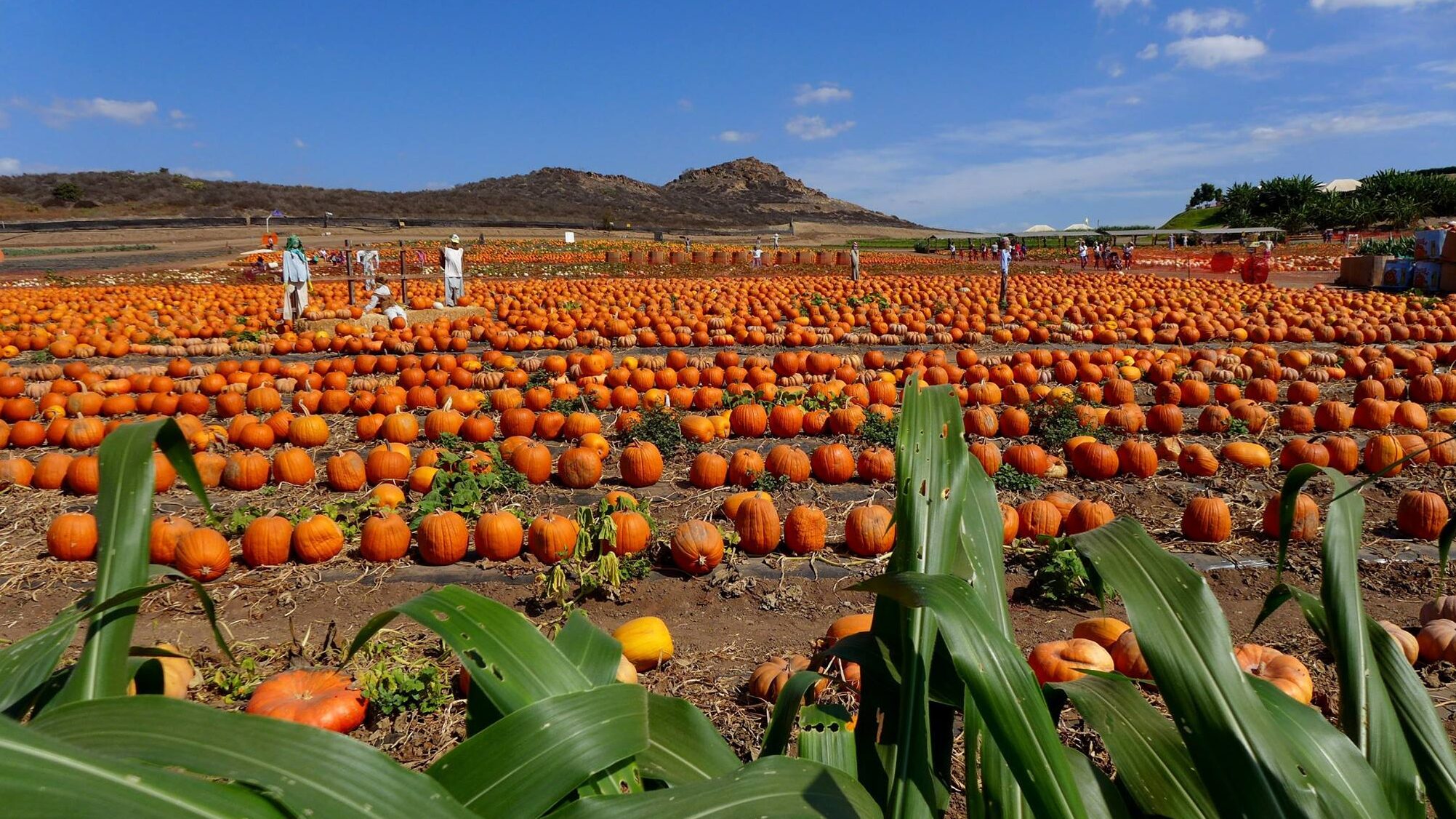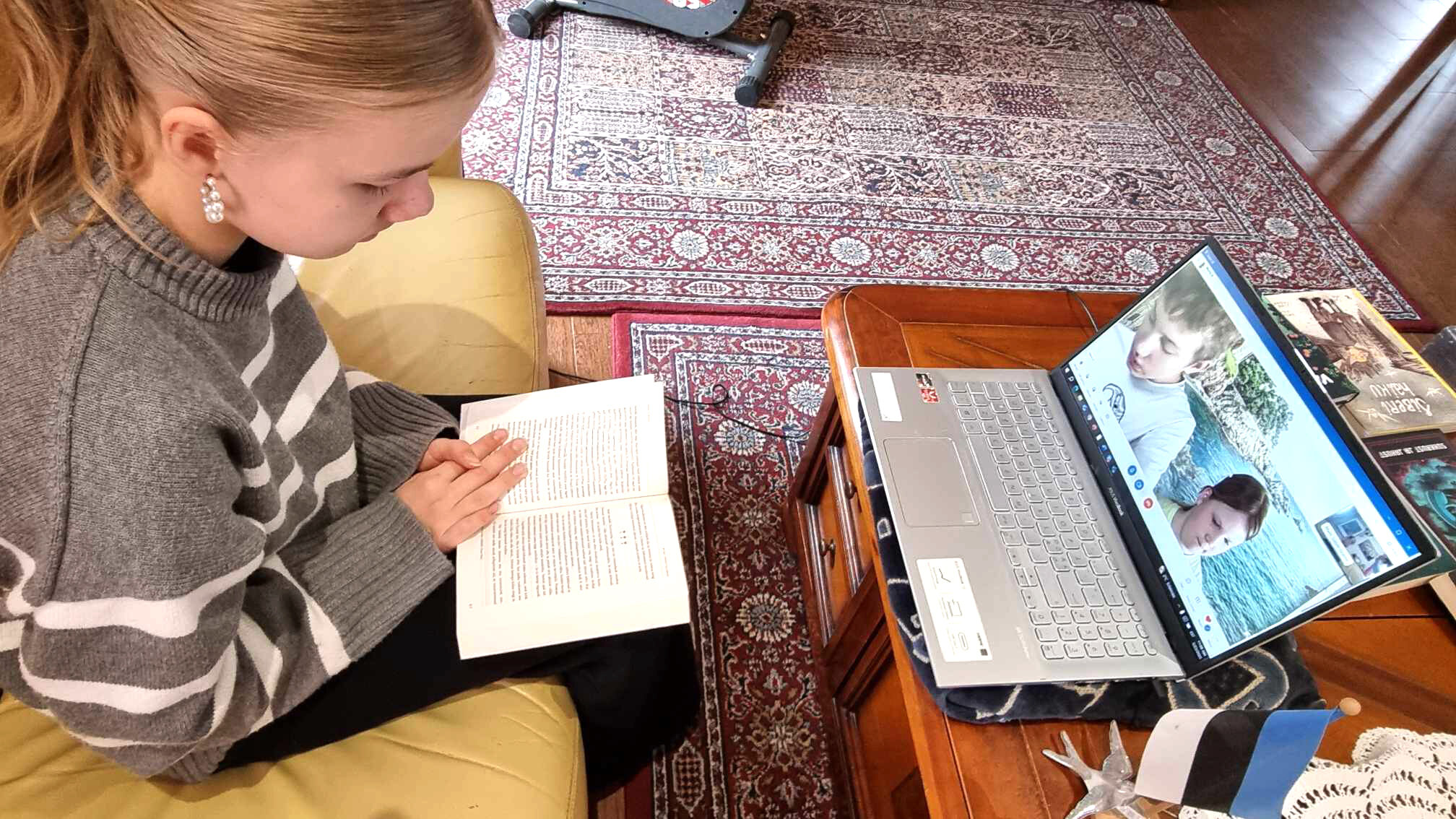While the step-by-step images are easy to follow, here are some tips on how to get good results on your first try:
If you feel that the air in your studio is too “dry”, some artists recommend spraying a light mist of water on the paper before starting to paint.
1. Use watercolour paper for the best effects. There are different brands of watercolour paper available, so try them first to see if they give the results you like. Note that the humidity in the air can affect the results you get. If you feel that the air in your studio is too “dry”, some artists recommend spraying a light mist of water on the paper before starting to paint.
2. The art demo shown in the photos uses permanent black ink along with watercolour paints. This is because the artist did not want the black lines to blend or “bleed” with the watercolour paints that he applied later on. Chinese black ink is a good choice for a permanent black ink and should be easy to find in many art supply stores.
3. The choice of brushes is very important for this type of artwork. For the black ink outline of the pumpkin, the artist wanted to have a textured, irregular effect. So, he chose a horsehair brush with thicker bristles. He also chose a larger sized brush which could hold enough ink. This way, he could paint the longer lines in one stroke. For the body of the pumpkin, a larger brush with softer hairs was needed to achieve the desired effect.
Become a subscriber to continue reading!
Every week we bring you news from the community and exclusive columns. We're relying on your support to keep going and invite you to subscribe.
Starting from $2.30 per week.




